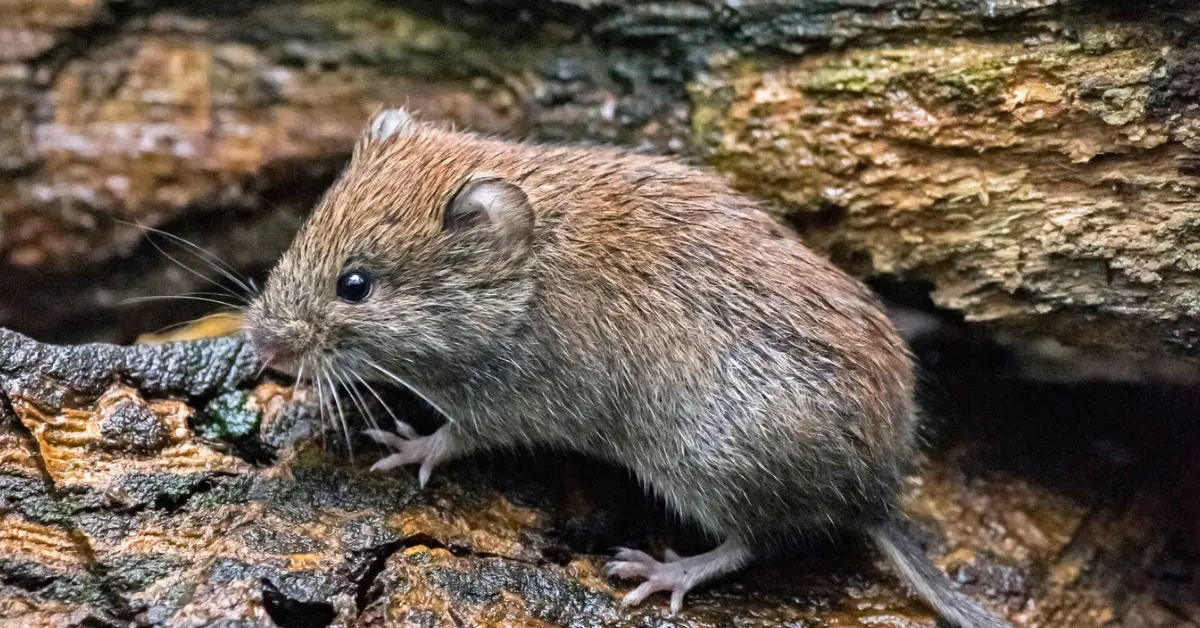The rugged, high-altitude regions of the Andes mountains have long captivated scientists and adventurers alike. Known for their extreme conditions and barren landscapes, these environments have often been compared to the harsh conditions of Mars. However, recent discoveries of “mouse mummies” have shed new light on the possibility of mammalian life thriving in these seemingly inhospitable surroundings. This revelation is not only fascinating for the scientific community but also raises questions about the potential for life beyond Earth.
Mouse Mummies: A Remarkable Discovery
In a region known for its desolation, researchers have stumbled upon a treasure trove of preserved mouse mummies. These mummified mice, found in the high-altitude Andean region, offer a glimpse into the unique and challenging ecosystem of this remote environment. The mice were naturally mummified due to the extreme conditions, which include low oxygen levels, dry air, and frigid temperatures.
The astonishing aspect of this discovery is that these mice appear to have lived and thrived in an environment often likened to Mars. The barren, rocky terrain, which receives minimal rainfall and is susceptible to extreme temperature fluctuations, bears a striking resemblance to the Red Planet. The study of these mouse mummies has provided researchers with valuable insights into the resilience of life on Earth and the potential for extraterrestrial life forms in harsh environments.
Lessons from the Andes Mouse Mummies
The mouse mummies have offered several important insights into the unique adaptations that enable mammals to survive in such extreme environments:
- Efficient Metabolism: These mice appear to have evolved highly efficient metabolisms, allowing them to extract maximum energy from their food in a region where resources are limited. This adaptation is crucial for survival in environments with minimal food availability.
- Huddling Behavior: The mice exhibited a tendency to huddle together, likely to conserve heat and maintain body temperature in the face of cold Andean nights. Such social behavior could also have evolved as a defense mechanism against predators.
- Osmoregulation: The Andean mice had specialized mechanisms to regulate water balance in their bodies, given the scarcity of water sources in their environment. This adaptation allowed them to survive in conditions where many other species would struggle.
Implications for Astrobiology
The discovery of mouse mummies in the Andes has significant implications for the field of astrobiology, which seeks to understand the potential for life beyond Earth. Mars, often viewed as an inhospitable desert, has been a target for exploration, and one of the primary questions is whether life could exist there.
The existence of mouse mummies in a Mars-like environment suggests that life might indeed be more adaptable and resilient than previously thought. It is possible that similar conditions on Mars, such as low temperatures, low atmospheric pressure, and scarce water, could support microorganisms or even more complex life forms.
These findings bolster the argument that the search for life on Mars should not be limited to surface water and moderate temperatures. The discovery of mouse mummies in the Andes underscores the importance of exploring extreme environments on Earth as analogs for conditions on other celestial bodies. By studying life in such environments, we can gain a better understanding of the potential habitats for extraterrestrial life and refine our search strategies.
The mouse mummies of the Andes have unlocked a world of wonder and curiosity. These tiny preserved creatures have shown that life can not only survive but thrive in conditions that resemble the surface of Mars. This discovery has far-reaching implications for astrobiology, expanding our understanding of the possible habitats where life could exist beyond our planet.
As scientists continue to delve into the mysteries of the Andean mouse mummies, we are reminded of the resilience and adaptability of life on Earth. These remarkable creatures offer a glimpse into the potential for life in even the harshest of environments, and they inspire us to explore the cosmos with a renewed sense of wonder and possibility.











